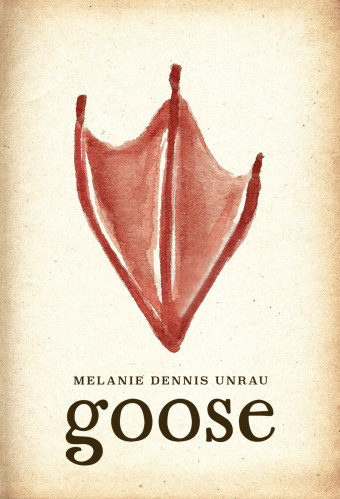In his groundbreaking debut novel, Hold Your Tongue, Winnipeg author Matthew Tétreault explores loss, searching, and homecoming in Métis and Franco-Manitoban history and culture through a contemporary lens.

- Hold Your Tongue
- Matthew Tétreault
- NeWest Press
- $22.95 Paperback, 272 pages
- ISBN: 978-17-74390-71-9
The story begins in the small historic Métis and French-Canadian community Ste. Anne, Manitoba. Here, Richard learns that his beloved mononcle Alfred has suffered a stroke. Faced with the enormity of this loss, he goes in search of his father to tell him the news.
As he revisits people and places from both his past and present, Richard’s memories of his old flame, small-town conflicts, and family secrets bring new revelations about Franco-Métis culture, history, and perhaps even his own place in the world.
“The novel works on multiple levels. There’s the present narrative of Richard’s story, the historical narrative as well, and part of it is certainly allegorical. It’s not only representing Southeast Manitoba but it’s also representing broader stories across the prairies. Stories of piecing and connecting together history to family stories,” Tétreault says.
“For Francophone Métis families, figuring out where you are in relation to everything can get kind of messy. From history, to people, the culture, the language, even spirituality, trying to understand where you fit in the big picture can be complicated.”
Part of that bigger picture is language, and Hold Your Tongue weaves English prose with French Michif (a blended language composed of Cree and French spoken by Franco-Métis people), Canadian French, and Franglais dialogue in an evocative way. For Franco-Canadian and Franco-Métis readers, the meaningful inclusion of these familiar patterns of speech will be both grounding and stirring.
“You can’t represent culture without language. I wanted to explore the intersections of language, the intersections of culture, and even language loss and learning. As the novel progresses, and as Richard gets closer to his roots, more French and Michif appears in the prose.”
Along with language, Tétreault uses nonlinear explorations of time to build a richly layered and moving world of stories. Richard’s journey dips in and out of different moments in time in a way that captures the wandering rhythm of old storytellers. Going from the modern day to years and even decades into the past, the novel flashes back to meaningful personal moments set against historical Manitoban events.
_800_800_90.jpg)
“It’s exciting to be able to participate in the resurgence of Métis culture and identity. There’s a lot of diversity in the Métis Nation, and in much of the Métis history I’ve discovered in my research, there’s this narrative that all the Francophone Métis people left Manitoba after 1870. The Francophone aspect of Métis culture hasn’t been written about much at all. But there’s a richness here,” Tétreault shares.
It’s not until later that Richard (or the reader) realizes the importance and impact of these events – not only for his family and other Franco-Métis in the area, but for the Métis Nation, Manitobans, and even Canadians.
This impact, and the representation of Franco-Métis history and culture, was Tétreault’s primary motivation for writing his novel.
“I wanted to write it because I’d never read something like it before. I wanted to write it so that other Franco-Métis can see themselves in a book, in contemporary stories. It’s important to celebrate contemporary Franco-Métis culture, to show what had happened and how we ended up where we are now.”
“We’re still here: still living, breathing, and celebrating.”













